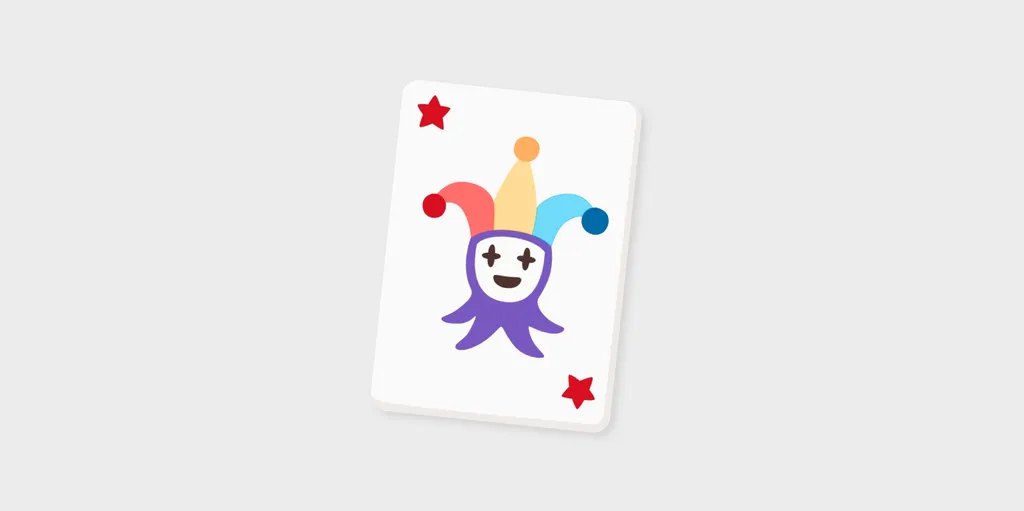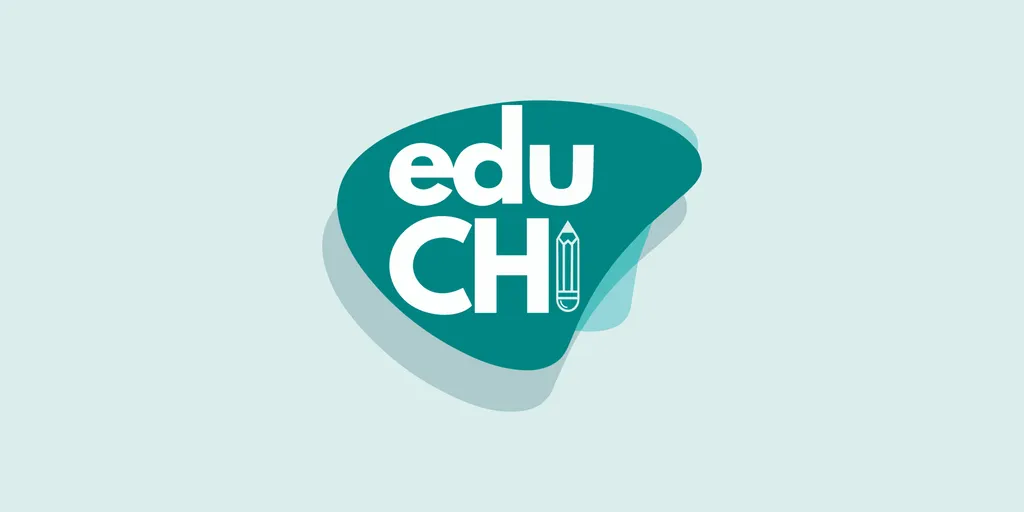AI Is Not a Wildcard!

Opinion
Within the last year, we observed a growing interest among students in incorporating AI into design. However, we have also noticed that AI technologies are sometimes used as “wildcards” in the design process. The insufficient understanding of AI‘s capabilities and limitations often results in unrealistic design proposals. Design education should equip students with the necessary knowledge and skills to engage with AI technologies in a meaningful way in their design processes. However, advising students on this topic requires a comprehensive understanding of AI, which places significant demands on educators. In the paper “AI is not a wildcard: Challenges in integrating AI into the design curriculum”, submitted to EduChi23, we shared and discussed our thoughts and first experiences on integrating AI in the design curriculum. In the following article, we highlight the most important points from the paper. For more information, please read the paper [1].
The use of AI technologies is becoming more important in the design of human-computer interactions and user experiences. Designers are well-positioned to drive stakeholder-centered adaption of AI technology, but this also poses new challenges for design professionals. The pace of development and complexity of AI technology makes it difficult for designers to stay abreast of new developments and envision novel solutions. There is a lack of structured integration of AI technology into design education, and designers often lack technical knowledge to effectively collaborate with AI engineers. Future designers need to learn new skills when working with AI, such as assessing the capabilities and limits of machine-learning technologies, evaluating the cost of development and computation, and effectively communicating possible harm and unintended consequences. While there are many resources available to learn about AI technologies, integrating them into design education remains a challenge.
The aim of our project is to integrate AI technologies into the design curriculum to give students the necessary intuition for the technology to create meaningful and technically feasible AI-based systems and user experiences. This intuition involves that students should be able to make informed decisions about the use of AI technologies, assess their capabilities and limitations, and understand their cost in terms of development and computation. They should also be able to use existing technologies in creative and unconventional ways, and use entry and intermediate-level scaffolding tools to prototypes and test the AI-based interactions they design. However, they should also be aware of the possible consequences of implementing AI technologies and evaluate if it is possible to mitigate or avert possible side effects by design. They must be able to use speculative and conceptual approaches consciously instead of using AI as a wildcard, and should develop a precise language for communicating about AI topics.
Our observations have shown that approaches to developing and applying AI intuition are often taught in separate course formats that may not be connected. As a result, foundation courses often lack meaningful connections to other formats such as studio courses. Follow-up formats for the application of AI, in turn, can only be effective if educators can supervise them in a qualified way. We see the high demands that AI technology places on educators as one of the biggest challenges to be overcome when structurally integrating AI education into the design curriculum.
At the University of Design Schwäbisch Gmünd we test the format of an AI-lab as a place of specialization to overcome this challenge. The AI+Design Lab offers entry-level formats for building an AI intuition in primary teaching and is linked to studio education and project-based teaching. The lab provides students with technical support and advice for their projects and serves as a contact point for educators to learn and discuss the technology. With our paper, we aim to inspire further research and discussion on integrating AI into design education.
Ressources
- [1] Rahel Flechtner and Aeneas Stankowski. 2023. AI Is Not a Wildcard: Challenges for Integrating AI into the Design Curriculum. In EduCHI 2023: 5th Annual Symposium on HCI Education (EduCHI ’23), April 28, 2023, Hamburg, Germany. ACM, New York, NY, USA. DOI: 10.1145/3587399.3587410.
- This article was written with the support of ChatGPT


